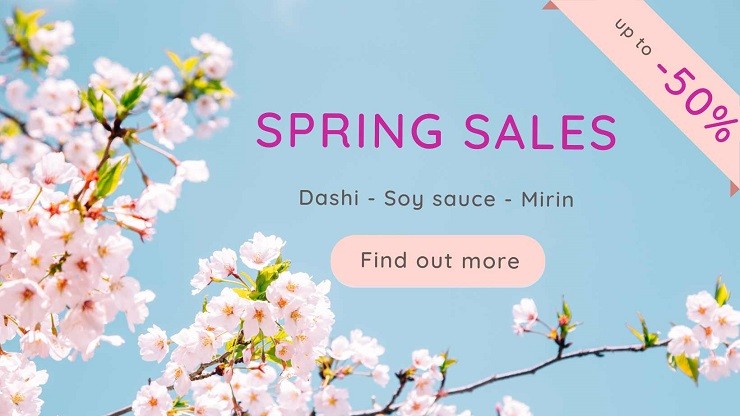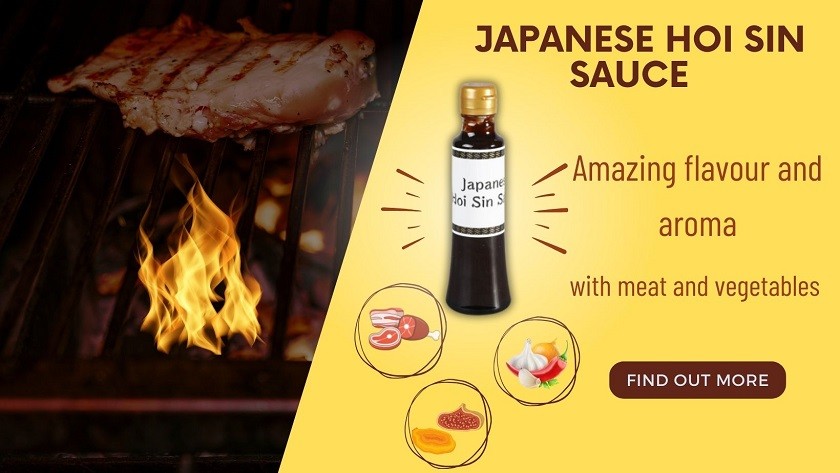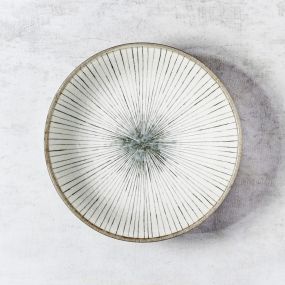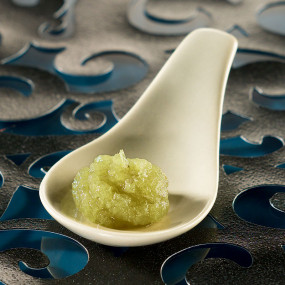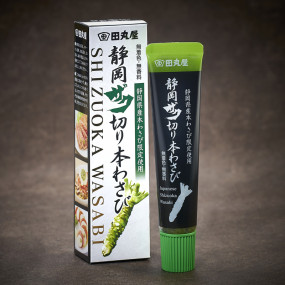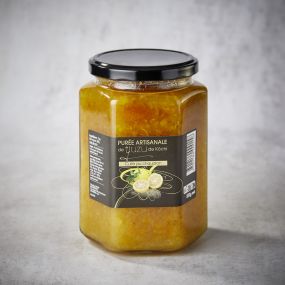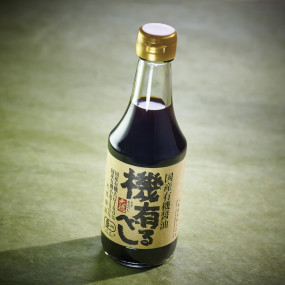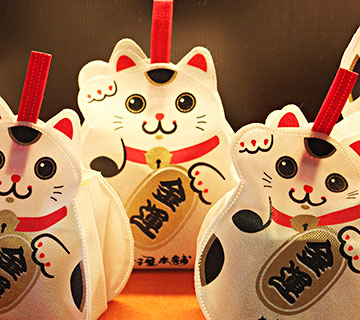Our online Japanese fine food store offers you a wide range of Japanese products to make your own dishes and recreate an authentic Japanese culinary experience at home. Discover our full range of food products, Japanese cooking utensils, Japanese tableware and Japanese tabletop barbecues to immerse yourself in Japanese culture.
Bring flavors of Japan to your plate with a wide choice of Japanese noodles and Japanese rice essential for creating sushi. Season Japanese dishes with our Ponzu sauces. As winter approaches, warm up with our selection of Nishikidôri dashi (traditionnal Japanese broths). Finish on a sweet note with our rice flours for mochi : our team loves Sakura mochi!
Nishikidôri specializes in importing traditional Japanese products for restaurants, chocolate makers, pastry makers… and individuals... We're world-renowned for our authenticity, innovation and professionalism, as well as for our products quality and prices. We take great care in packaging your products to ensure fast, high-quality delivery.
Our physical Japanese fine food store welcomes you in Paris. Meet us and taste our products at Nishikidôri Paris.
excluding specials

